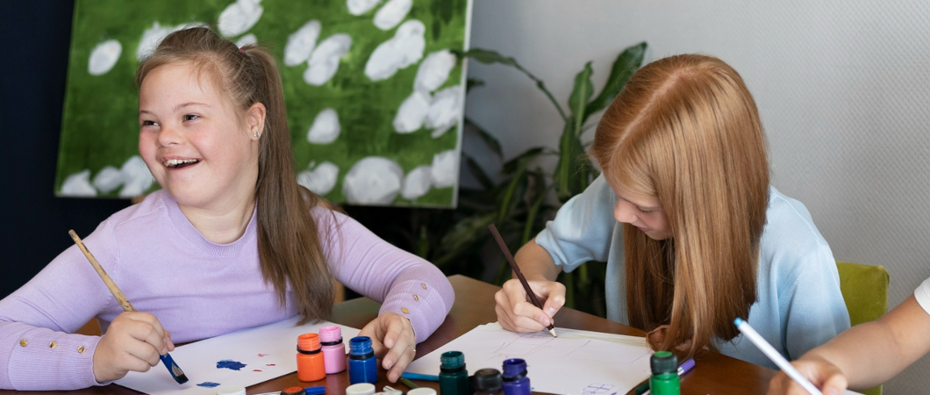
Identifying Barriers and Understanding Needs
Speech language and communication (SLC) needs is often called a ‘hidden difficulty’. This means that instead of communication difficulties people may see children showing poor behaviour, having difficulties learning or socialising with others. Some children may become withdrawn or isolated. Their needs are often misinterpreted, misdiagnosed or missed altogether.
SLC needs are often an 'invisible disability', resulting in children and young people being misunderstood by those around them. In the long-term, research has linked SLC needs to poorer employment prospects, lower educational attainment and mental health difficulties. It is therefore essential that children and young people have access to the specialist support and resources needed to reach their full potential now and in the future.
SLC needs, can be sub-categorised into the following areas:
- Speech needs (making sounds and using them in words).
- Expressive language needs (using words and sentences).
- Receptive language needs (understanding spoken language).
- Stammering (frequent or significant difficulties with normal fluency and flow of speech).
In addition, the following are areas addressed under their own section:
- Play and social interaction needs (with peers and adults). See Autism and Social Communication section.
- Eating and drinking needs (swallowing difficulties). See Sensory and Physical needs section.
If you are looking for information on Situational Mutism (formerly selective mutism) this can be found on the Social, Emotional and Mental Health (SEMH) Resources page.
Glossary
Click the button below to go to the glossary page.

